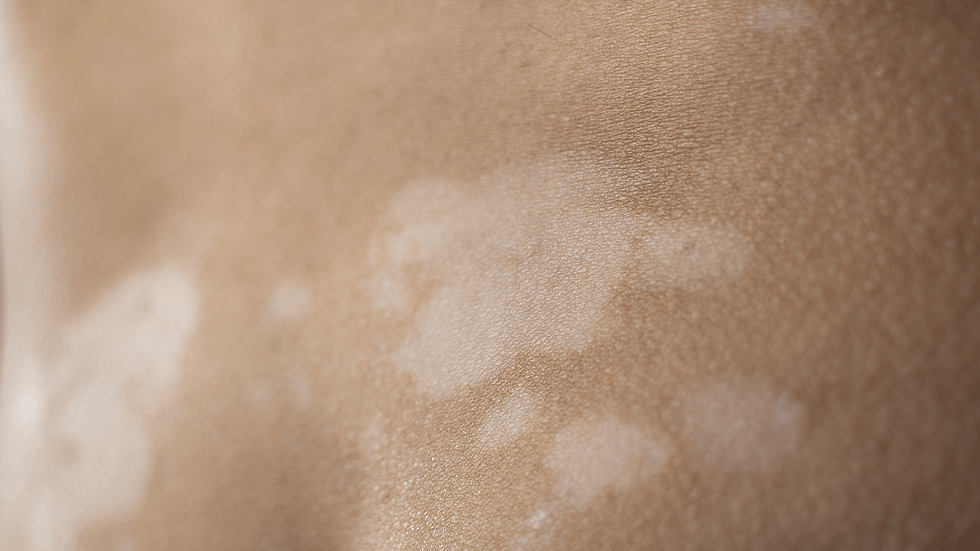POST-INFLAMMATORY HYPERPIGMENTATION (PIH)
Post-inflammatory hyperpigmentation (PIH) is a common dermatological condition characterized by the darkening of the skin following inflammation or injury. This hyperpigmentation occurs as a result of increased melanin production in the skin. While PIH is not a disease but rather a reaction to skin trauma, it can cause significant cosmetic concerns and impact an individual's quality of life. It is important to understand the underlying mechanisms, causes, and treatment options for PIH to manage and prevent this condition effectively

CAUSES OF POST-INFLAMMATORY HYPERPIGMENTATION
PIH develops in response to skin inflammation or injury, which leads to an overproduction of melanin (the pigment responsible for skin colour) in the affected area. The primary causes of PIH include:
-
Acne: One of the most common causes of PIH. Inflammatory acne lesions such as pustules, papules, and cysts can leave behind dark spots once they heal.
-
Injuries and Trauma: Any injury to the skin, such as cuts, burns, or surgical wounds, can result in PIH as the skin heals.
-
Dermatitis and Eczema: Chronic inflammation from conditions like eczema or contact dermatitis can lead to hyperpigmented areas.
-
Psoriasis: Inflammatory skin diseases like psoriasis can cause PIH due to the inflammation associated with flare-ups.
-
Infections: Skin infections, including fungal or bacterial infections, can lead to PIH as the skin recovers.
-
Sun Exposure: Post-inflammatory hyperpigmentation can be exacerbated by sun exposure, which darkens already pigmented areas.
-
Chemical Peels and Laser Treatments: While these treatments are used to improve skin texture, they can sometimes cause PIH, especially in individuals with darker skin types.

SYMPTOMS AND APPEARANCE
PIH is characterized by the following symptoms and visual features:
-
Colour Changes: PIH appears as flat, darkened areas of skin that can vary in colour from light brown to deep brown or black, depending on the individual's skin type and the severity of the pigmentation.
-
Location: The hyperpigmented areas are typically found in the same location where the inflammation or injury occurred. Common areas include the face, neck, arms, and legs.
-
Shape and Size: The spots can be irregular in shape and size, often with poorly defined edges. They may appear as solitary spots or as a network of patches.













